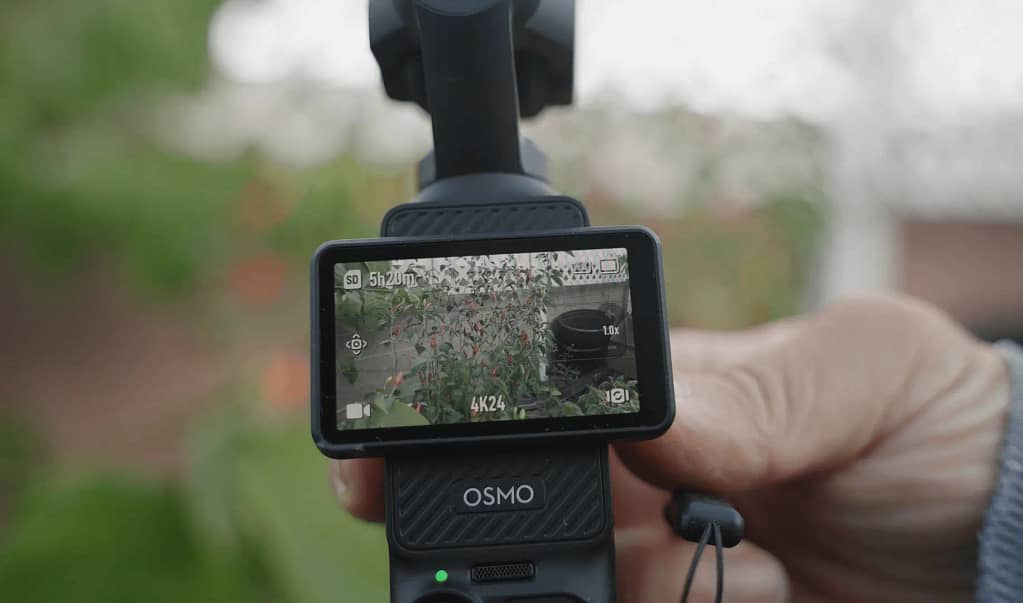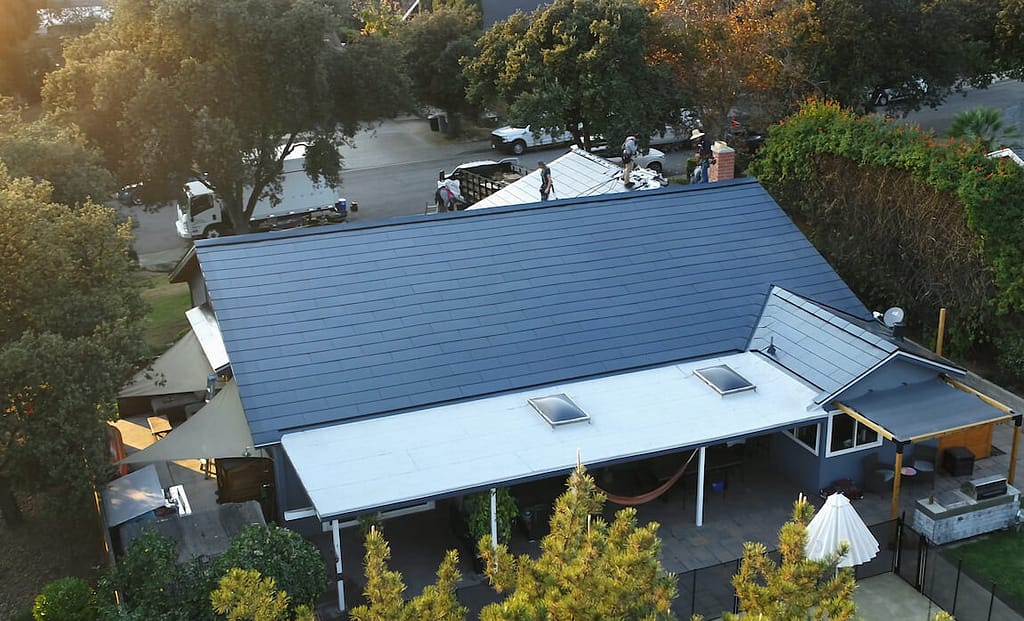The DJI Pocket 3 has garnered attention for its compact design and powerful features. However, beneath the surface, there are aspects of this device that have been overlooked by many users. In this review, we will delve into 10 key points that could potentially influence the user experience, shedding light on features that may not have received the attention they deserve.
DJI Pocket 3 Review
One of the critical aspects discussed is the focus breathing exhibited by the DJI Pocket 3. The phenomenon, where the background expands and contracts during focus adjustments, is explored in detail. Users aiming for precision in their shots may find this to be a crucial consideration.
The absence of dlog 10-bit or 10-bit recording, in general, is another concern raised. The limitations imposed by the lack of these settings could potentially impact users during post-production color grading, leading to a less optimal editing experience.
The discussion then shifts to the 1-inch sensor on the DJI Pocket 3. Despite being advertised as a 1-inch sensor, the dimensions do not precisely align with the standard measurements. The presenter acknowledges industry practices in smartphones that follow a similar approach.
The responsiveness of the active track mode is highlighted as a potential concern. While the DJI Pocket 3 offers a slow and smooth turning mechanism for cinematic shots, the active track mode tends to be overly responsive, introducing inconsistency in the gimbal’s behavior.
The video also touches on issues with the touch icons on the device. The presenter finds them somewhat confusing, emphasizing the need for improved intuitiveness in touch controls. This consideration is crucial for a user-friendly experience.
A flaw in the screen design is discussed as well. While the screen can switch between portrait and landscape modes, its lack of tilt functionality is criticized. The presenter suggests that a tilting or fully articulating screen would have been a more practical design choice.
Lack of L preview, or the absence of a color display when framing shots, is identified as another concern. A gray screen provides limited information about the scene’s color balance, potentially impacting the quality of the footage.
The absence of a quarter 20 mount on the bottom of the device is highlighted as the eighth issue. While the presenter understands DJI’s logic behind the design, accommodating additional accessories, they express a preference for a direct mounting option, emphasizing the device’s increased height with the current setup.
The review continues by critiquing the DJI Pocket 3’s body design. The lack of an interchangeable battery system is labeled as the ninth major flaw. The presenter argues that a quick-change battery option would have been more user-friendly than the built-in battery design, even if it required screws for removal.
Also Read:
DJI Mini 4 Pro and Mini 3 Pro- Here are all the Major Differences!
The tenth and final concern addresses the device’s activation process. Requiring an internet connection and DJI account activation is criticized for compromising user privacy. The presenter expresses dissatisfaction with the mandatory activation, questioning the necessity of such a process.
Despite these concerns, the review concludes on a positive note, highlighting three features that may have been overlooked. DJI log, the camera’s high customizability, and its ability to save in both h.264 and h.265 formats are emphasized as positive aspects that contribute to the device’s versatility.
In conclusion, the DJI Pocket 3, while receiving acclaim for its compact design and powerful features, is not without its drawbacks. This review aims to provide a comprehensive overview of both the praised and criticized aspects, allowing potential users to make informed decisions based on their specific needs and preferences.
FAQs
What’s the discrepancy with the 1-inch sensor on the DJI Pocket 3?
Despite being advertised as a 1-inch sensor, the dimensions do not precisely align with the standard measurements, with a discussion acknowledging industry practices in smartphones.
Why is the responsiveness of the active track mode mentioned as a concern?
While the DJI Pocket 3 offers a slow and smooth turning mechanism for cinematic shots, the active track mode tends to be overly responsive, introducing inconsistency in the gimbal’s behavior.




